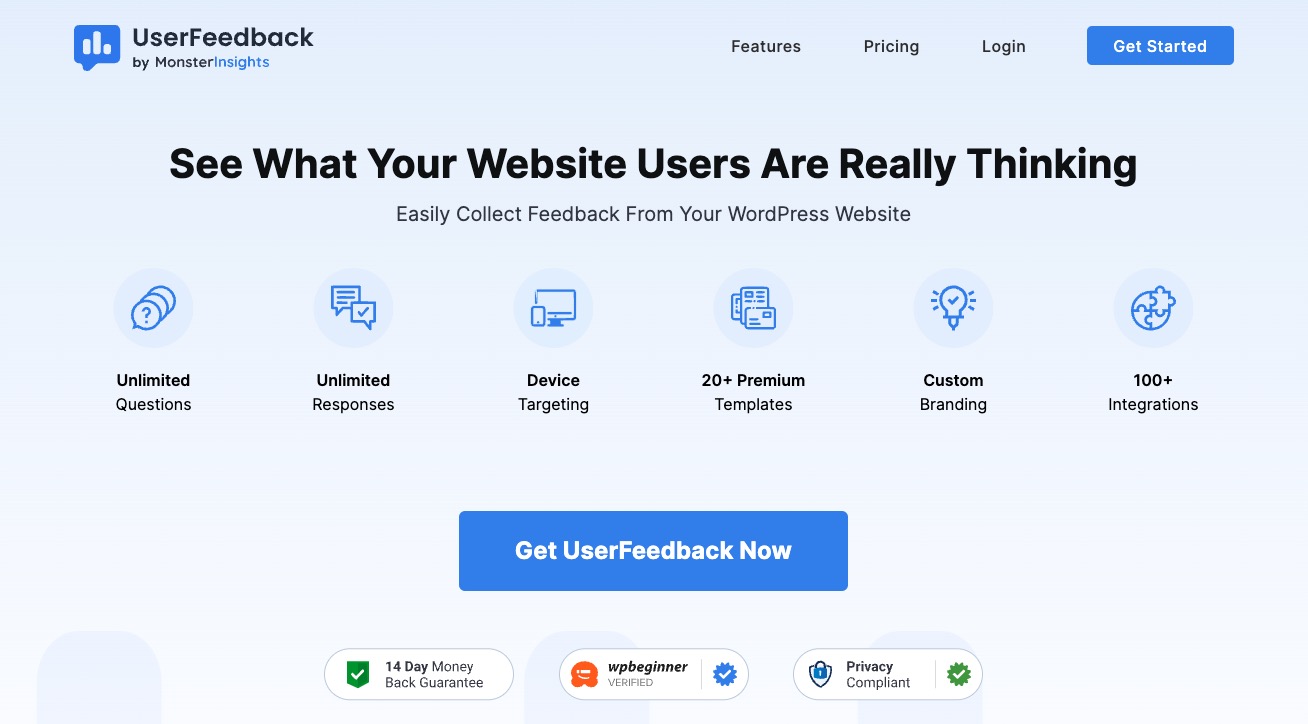Collecting customer feedback on social media has become one of the most powerful ways to understand what your audience truly thinks about your brand.
Social media opens up direct access to billions of active users who are already talking about products, sharing experiences, and engaging with brands. But when you’re just starting out, figuring out how to tap into this potential can feel overwhelming. You might be wondering which platforms to focus on, what questions to ask, or how to encourage your customers to share their thoughts.
Trust me, I’ve been there – and that’s exactly why I created this guide. I’ll walk you through everything you need to know about collecting customer feedback on social media. You’ll discover 8 powerful tactics that you can implement right away, even if you’re just beginning your feedback journey.
Table of Contents:
- Why You Should Collect Customer Feedback on Social Media
- 8 Proven Tactics to Collect Customer Feedback on Social Media
Why You Should Collect Customer Feedback on Social Media
There are plenty of great reasons why you should leverage social media to collect customer feedback.
First off, the sheer reach is unmatched. With billions of daily active users across different platforms, you’re tapping into a diverse pool of both existing and potential customers.
This broad audience means you’ll get feedback from people of various backgrounds, ages, and preferences – giving you a more complete picture of how your brand is perceived.
What really excites me about social media feedback is the immediacy. You can have real conversations with your customers right when they’re thinking about your product or service. Whether through comments, direct messages, or polls, these interactions happen naturally and in real-time.
In my experience, this leads to more honest responses than formal surveys alone.
Social media also gives you powerful tools to track and understand customer sentiment. You can easily monitor mentions, hashtags, and comments to spot trends and patterns in how people feel about your brand. I’ve found this especially valuable for catching potential issues before they become bigger problems.
But here’s what I consider the biggest advantage: authenticity.
Social media feedback tends to be more genuine because customers share their thoughts in an environment where they’re already comfortable. They’re not just filling out a formal survey – they’re expressing their real opinions in their own words.
This raw, unfiltered feedback can provide incredibly valuable insights for improving your products or services.
8 Proven Tactics to Collect Customer Feedback on Social Media
After years of helping businesses gather customer insights, I’ve identified eight strategies that consistently deliver results.
Whether you’re just starting out or looking to improve your existing feedback process, these approaches will help you tap into the goldmine of customer insights waiting on social media.
Let’s explore each method and how you can implement them straight away.
1. Use Surveys and Polls

Surveys and polls are the cornerstone of effective feedback collection on social media. What makes them so powerful is their versatility and ease of use. Using a tool like UserFeedback, you can create professional surveys that seamlessly integrate with your social media presence.
I particularly love how UserFeedback lets you design surveys that ask one question at a time, keeping your audience engaged and improving completion rates:
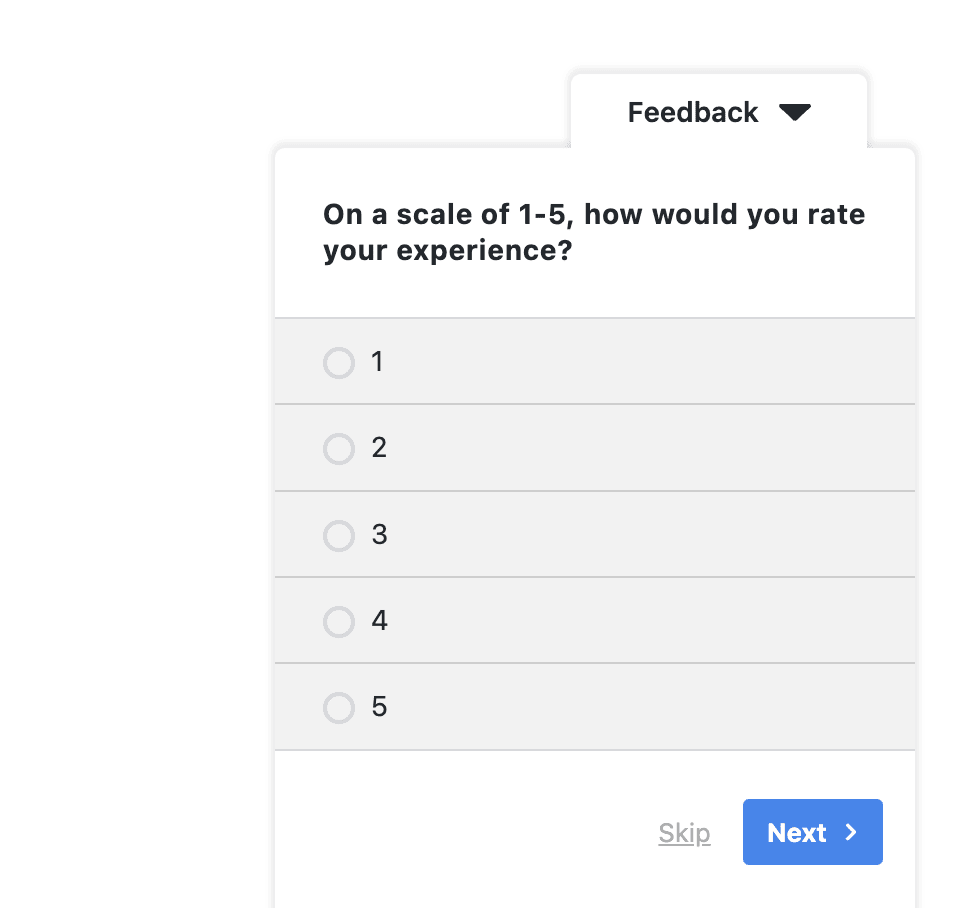
Simply, share your UserFeedback survey links across all your social platforms. This works especially well on LinkedIn and Facebook where your audience is more likely to engage with longer-form content.
Haven’t tried UserFeedback yet? Get started today!
Also, take advantage of built-in features like Instagram Stories polls for quick, engaging questions that grab attention:
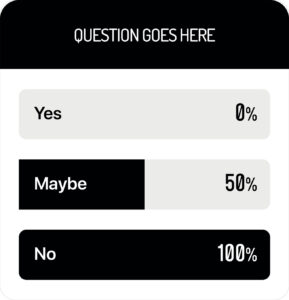
Make sure to keep your questions focused and specific. Instead of asking, “How do you like our product?” try to ask, “What’s your favorite feature of our new app?”
Remember to mix up your question types to maintain interest and time your surveys strategically.
Pro tip: I’ve found that offering a small incentive, like a discount code or entry into a giveaway, can significantly boost survey participation rates without compromising the quality of feedback.
Read my full tutorial on How to Make a Good Survey.
2. Engage Through Comments and Conversations
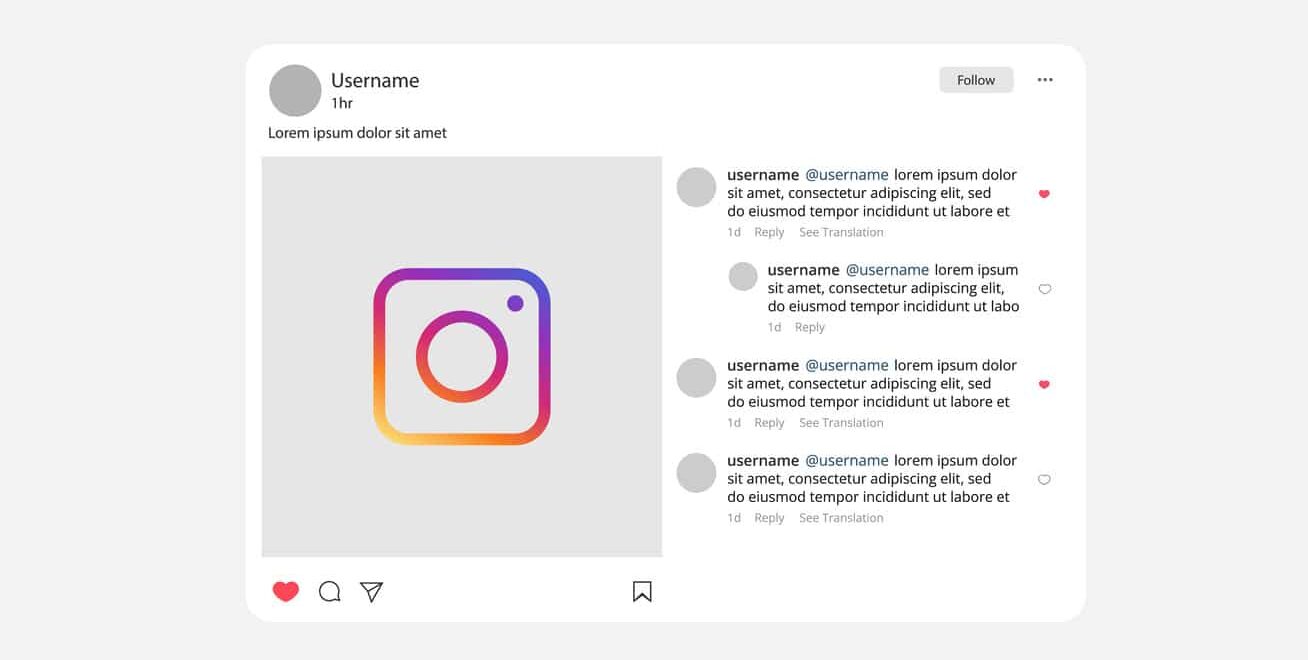
Your comment section is actually a goldmine of unsolicited, genuine feedback.
Think about it – when customers take the time to leave a comment, they’re already invested in communicating with your brand.
That’s why I always tell businesses to treat their comment sections as valuable conversation spaces, not just places where messages collect dust.
The key is turning these comments into meaningful dialogues. Here’s my tried-and-tested approach:
- Respond promptly to every meaningful comment – aim for within 24 hours when possible
- Use a personal touch in your responses – throw in the customer’s name and write like a human, not a robot
- Ask follow-up questions to dig deeper – if someone says they love your product, ask them what specific feature they enjoy most
- Address negative feedback professionally – I’ve seen countless times how a well-handled complaint can turn a frustrated customer into a loyal fan
- Look for patterns in comments – they often reveal common pain points or desires your customers share
Pro tip: Don’t just wait for comments to roll in. Create posts that naturally encourage responses, like asking for opinions on new features or sharing behind-the-scenes content that sparks curiosity. I’ve found that ending posts with an open-ended question can boost comment engagement significantly.
The beauty of comment engagement is that it’s public – when other customers see you actively listening and responding, it builds trust and encourages more people to share their thoughts.
Plus, you can follow up with particularly engaged commenters, inviting them to provide more detailed feedback through targeted surveys.
3. Run Promotions, Contests and Giveaways

Want to supercharge your feedback collection? Nothing gets people talking quite like a well-planned contest or giveaway.
But here’s the secret – it’s not just about giving away free stuff. The magic happens when you strategically design these promotions to gather valuable customer insights while keeping participants excited and engaged.
Here’s how I recommend structuring feedback-focused promotions:
- Create “Share Your Story” contests where customers post about their experience with your product
- Run photo contests asking customers to show your product in action, with captions explaining what they love about it
- Set up “Help Us Choose” competitions where customers vote and comment on potential new features or products
- Launch feedback-to-win campaigns where completing a survey enters customers into a prize draw
- Organize monthly giveaways that require thoughtful responses rather than just likes or shares
Pro tip: I’ve found that offering multiple smaller prizes often works better than one big prize. It increases people’s perceived chances of winning and leads to more participation.
4. Leverage Customer Reviews and Testimonials
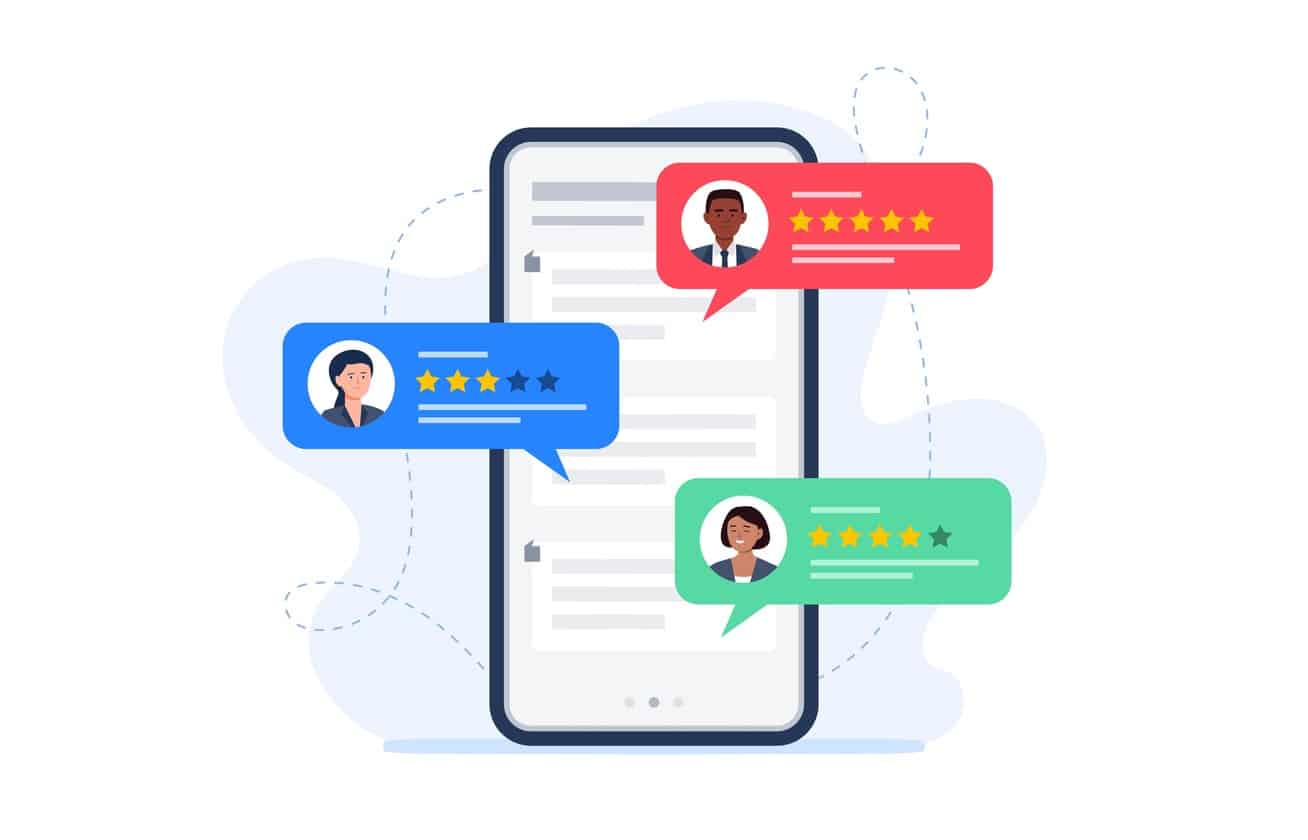
Let’s talk about one of the most powerful forms of social proof: customer reviews and testimonials.
The secret to getting great reviews on social media is simple: make it easy and ask at the right time.
I always recommend reaching out for feedback right after a positive interaction, like when a customer completes a purchase or has a great support experience. This is when they’re most likely to share their thoughts.
On platforms like Facebook and Instagram, engagement with reviews works best when it’s genuine and consistent. When customers leave feedback, respond promptly and personally. Thank them for positive comments, and address concerns professionally when they arise. This shows other customers that you value their input and encourages more people to share their experiences.
Something I learned that might surprise you: having a mix of positive and constructive reviews actually builds more trust than perfect ratings. It shows you’re real and committed to improvement.
The real power comes from creating a continuous feedback loop. Start by collecting reviews through social channels, analyze what customers are saying, make meaningful improvements, and then share these changes back on social media. This shows your audience that their feedback truly matters and drives real change in your business.
Don’t be afraid to showcase these testimonials in your social media content – just make sure to get permission first and keep it natural!
Read this full guide on How to Ask For a Review (12 Best Ways + Examples).
5. Social Listening and Monitoring
Some of the most valuable insights come from conversations where customers don’t even know you’re listening. Social listening goes beyond just tracking mentions of your brand – it’s about understanding the broader conversations happening around your product, industry, and competitors.
I’ve found that customers often share their most honest opinions when talking to each other, not directly to brands. By monitoring hashtags, keywords, and conversations across social platforms, you can uncover raw, unfiltered feedback that helps shape your product development and customer experience.
The key is knowing where to look. Start with basic brand mentions, but expand to include common misspellings of your brand name, product-related terms, and industry-specific hashtags.
Tools like Twitter’s advanced search or Instagram’s Explore page can reveal countless conversations you might otherwise miss.
What I love about social listening is how it helps you spot trends before they become obvious. Maybe customers are using your product in ways you hadn’t considered, or they’re expressing a common pain point you could easily fix.
This kind of insight is pure gold for business growth!
6. Make Influencer Collaborations
Let’s talk about leveraging influencer partnerships for feedback collection – but with a twist.
The most valuable influencer collaborations aren’t just about reach; they’re about accessing engaged communities who trust their favorite content creators.
When choosing influencers, I always look beyond follower counts. What matters more is how well they align with your brand values and how genuinely their audience engages with their content.
I prefer working with micro-influencers (10K to 100K followers) who have smaller but highly engaged followers who actually care about their opinions.
Here’s what works best: instead of just asking influencers to promote your product, involve them in the feedback-gathering process.
Have them host Q&A sessions about your product, create polls in their Stories, or facilitate discussions in their comments section. This approach feels more natural to their audience and typically yields more honest feedback.
Remember to give influencers creative freedom in how they gather feedback. They know their audience best, and authentic content always performs better than scripted promotions.
Just make sure to clearly communicate your feedback goals so they can help you collect the insights you need most.
7. Real-Time Interactions: Live Q&A Sessions
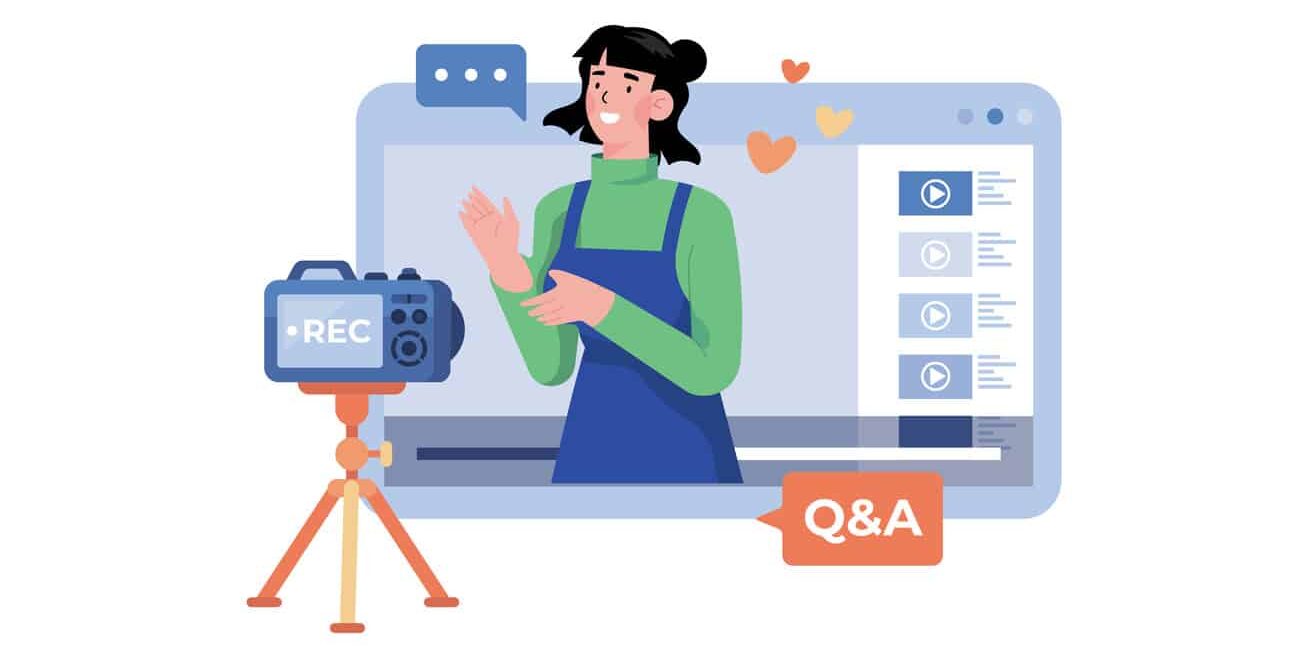
Nothing beats the energy and authenticity of real-time conversations with your customers. Live Q&A sessions are powerful methods for gathering immediate, honest feedback while building stronger connections with your audience.
Whether it’s through Instagram Live, Facebook Live, or Twitter Spaces, these sessions create a unique opportunity for genuine two-way dialogue.
The magic of live sessions lies in their spontaneity. When customers can ask questions and share thoughts in real-time, you often uncover insights that wouldn’t surface through traditional surveys.
Pick your platform based on where your audience is most active. I’ve found that Instagram Live works great for visual products, while Twitter Spaces is perfect for in-depth discussions.
The key is to keep sessions focused but casual – think of it as having coffee with your customers. Plan some discussion points, but leave plenty of room for organic conversation.
Before wrapping up live sessions, I always direct participants to a focused survey. This helps capture more detailed feedback while the conversation is still fresh in their minds.
8. Utilizing Hashtags and Stories
Social media stories and hashtags might seem basic, but they’re incredibly powerful when used strategically for feedback collection. I’ve seen simple hashtag campaigns generate mountains of valuable user feedback without feeling forced or promotional.
Create a unique branded hashtag that’s easy to remember and relevant to your feedback goals. Instead of just #YourBrandName, try something more engaging like #YourBrandStory or #YourBrandMoments. The key is making it specific enough to track but natural enough for customers to use organically.
Stories have revolutionized how we collect quick feedback. What I love about Instagram Stories is their casual, in-the-moment nature.
Use interactive features like polls, question stickers, and sliding scales to gather quick insights. The 24-hour timeframe creates a sense of urgency that often drives higher engagement.
Here’s a strategy that works wonders: combine stories with your hashtag campaign by sharing user-generated content in your stories and encouraging others to join in. When customers see their feedback featured, it motivates others to share their thoughts too.
Best Tool for Collecting Customer Feedback: UserFeedback
While social media offers fantastic opportunities for gathering feedback, combining it with a dedicated feedback tool takes your customer insights to the next level.
That’s where UserFeedback comes in – it’s my top recommendation for WordPress users who want to collect detailed, actionable feedback from their audience.
What makes UserFeedback special is how seamlessly it works with your existing WordPress setup. You can create beautiful, engaging surveys that complement your social media feedback efforts.
Key Features of UserFeedback:
- Unlimited surveys and responses
- Pre-built templates for NPS, CSAT, and other common survey types
- Smart conditional logic that creates interactive, personalized survey experiences
- Multiple question types including long answers, ratings, and radio buttons
- One-question-at-a-time format that boosts completion rates
- Custom branding options to match your website’s look and feel
- Direct integration with Google Analytics and MonsterInsights
- Flexible display options – use pop-ups or embed surveys anywhere
- Smart targeting to show surveys based on specific criteria
- Detailed reporting right in your WordPress dashboard
What really sets UserFeedback apart is its analytics integration. All your feedback data appears right in your WordPress dashboard, making it easy to spot trends and make data-driven decisions.
Plus, the platform is incredibly user-friendly – you don’t need any technical expertise to start collecting valuable customer insights.
Ready to transform how you collect customer feedback? Give UserFeedback a try today!
That wraps up this guide on collecting customer feedback on social media. I hope you liked it and that you got a bunch of great ideas. Be sure to also check out:
- How to Perform Customer Loyalty Analysis
- How to Make a Good Survey: 13 Practical Tips
- 7 Ways to Use Customer Feedback
- How to Get Customer Feedback Online (6 Best Ways)
And don’t forget to follow us on X and Facebook for more about collecting user feedback online.

